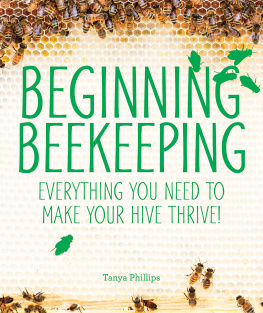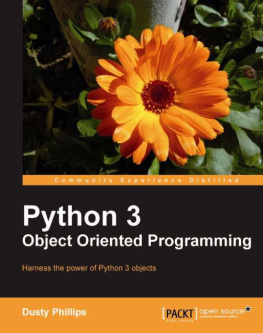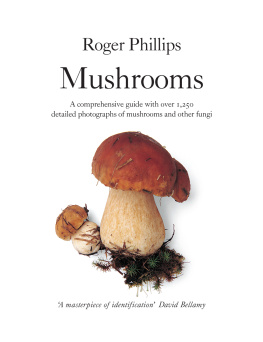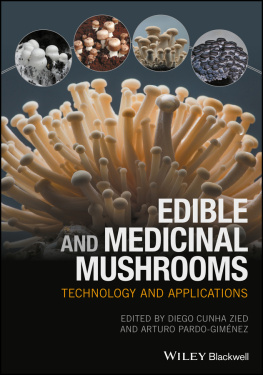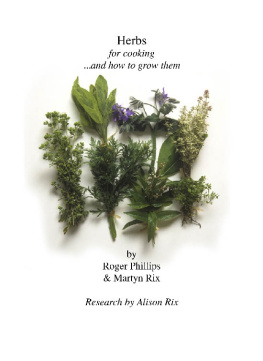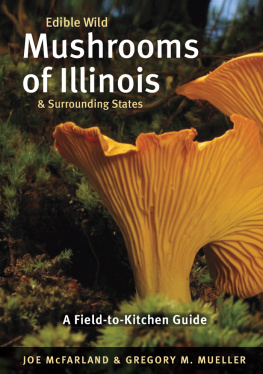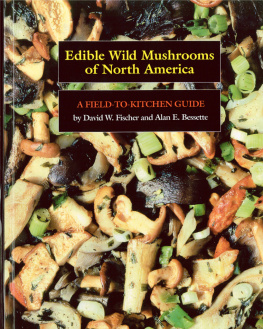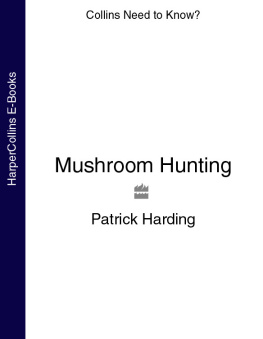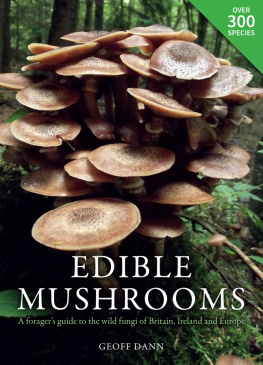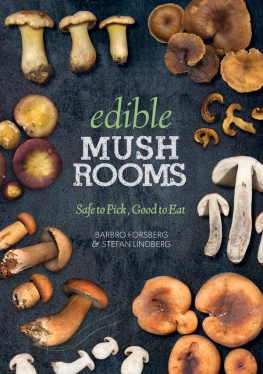Phillips - Edible Mushrooms of Europe and North America
Here you can read online Phillips - Edible Mushrooms of Europe and North America full text of the book (entire story) in english for free. Download pdf and epub, get meaning, cover and reviews about this ebook. year: 2010, publisher: Roger Phillips, genre: Detective and thriller. Description of the work, (preface) as well as reviews are available. Best literature library LitArk.com created for fans of good reading and offers a wide selection of genres:
Romance novel
Science fiction
Adventure
Detective
Science
History
Home and family
Prose
Art
Politics
Computer
Non-fiction
Religion
Business
Children
Humor
Choose a favorite category and find really read worthwhile books. Enjoy immersion in the world of imagination, feel the emotions of the characters or learn something new for yourself, make an fascinating discovery.
- Book:Edible Mushrooms of Europe and North America
- Author:
- Publisher:Roger Phillips
- Genre:
- Year:2010
- Rating:5 / 5
- Favourites:Add to favourites
- Your mark:
- 100
- 1
- 2
- 3
- 4
- 5
Edible Mushrooms of Europe and North America: summary, description and annotation
We offer to read an annotation, description, summary or preface (depends on what the author of the book "Edible Mushrooms of Europe and North America" wrote himself). If you haven't found the necessary information about the book — write in the comments, we will try to find it.
Edible Mushrooms of Europe and North America — read online for free the complete book (whole text) full work
Below is the text of the book, divided by pages. System saving the place of the last page read, allows you to conveniently read the book "Edible Mushrooms of Europe and North America" online for free, without having to search again every time where you left off. Put a bookmark, and you can go to the page where you finished reading at any time.
Font size:
Interval:
Bookmark:
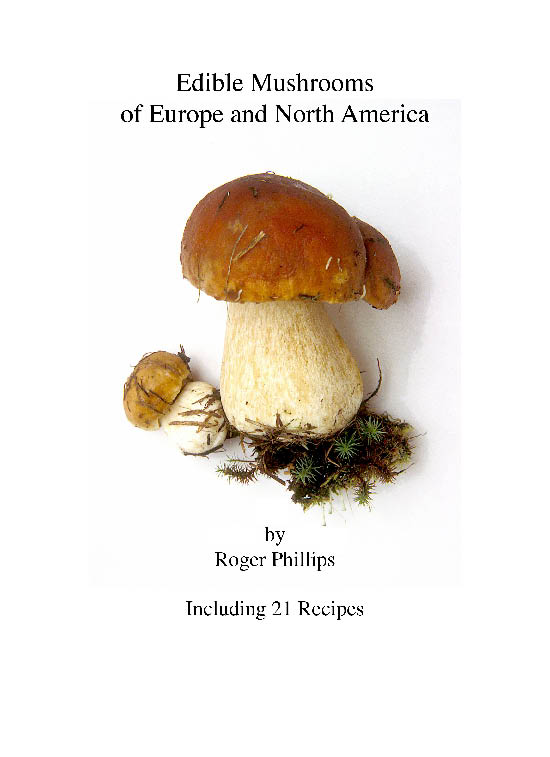
Published by Roger Phillips
12 Eccleston Square London SW1V 1NP UK
Copyright Roger Phillips
All rights reserved. No part of this publication may be reproduced or transmitted without the prop written permission of the publisher.
Contents
Introduction
Mushrooms have become an obsession with me. In fact, after the work I have done on them over the last thirty years, I think I am qualified to call myself a fully fledged Mushroom Maniac.
As a child I lived with my grandparents on their farm near Sarratt in Hertfordshire. In the autumn, the most exciting activity was mushroom collecting. I remember one year when we picked seventy pounds in a single day. My grandmother, however, would only allow us to eat the ordinary field mushrooms and she instructed me at great length in the dangers of even touching any other kind. This traditional fear that the British have of mushrooms is very deeply felt and tenaciously struck to.
In his revised introduction to The Greek Myths, Robert Graves discussed the use of hallucinogenic mushrooms in religious ceremony. Is the British attitude a deeply ingrained tradition from Druidic times that mushrooms contain magical properties and may only be eaten under the control of the Druids themselves?
A far-fetched theory perhaps, but it needs a weird theory to explain our fears when you think how the nations that surround us; France, Germany, Scandinavia and Russia, relish eating fungi of diverse kinds. However there is a real danger in eating mushrooms, many can cause stomach upsets, and there are some really dangerous deadly species. Whatever you do never eat a mushroom that you are unsure of. This ebook is set up to give you some basic information on the main edible kinds, but it is not a definitive identification guide. The best way to make sure about the ones you propose to eat is to check the identification with an expert . Do not eat any fungus until you are absolutely certain of your identification.
Although the primary aim of this book is to be a visual guide, it is always important when trying to identify a specimen to check aspects that cannot be seen: the taste, smell, habitat and so on; and for those who wish to pursue their study in greater depth I have also incorporated information on the microscopy.
Remember, there are somewhere in the region of three thousand larger fungi to be found North America and Europe , to study such a large flora is a never ending task.
What Is A Mushroom?
A mushroom, or indeed any fungus, is only the reproductive part of the organism (known as the fruit body), which develops to form and distribute the spores.
Fungi are a very large class of organisms which have a structure that can be compared to plants, but they lack chlorophyll and are thus unable to build up the carbon compounds essential to life. In fact, in the same way that animals do, they draw their sustenance ready-made from living or dead plants or even animals.
The fungus plant is made up entirely of minute, hair-like filaments called hyphae. The hyphae develop into a fine, cobweb-like net and grow through the material from which the fungus obtains its nutrition. This is known as the mycelium. Mycelium is extremely fine and, in most cases, cannot be seen without the aid of a microscope. In other cases, the hyphae bind together to make a thicker mat which can readily be observed.
To produce a fruiting body, two mycelia of the same species band together in the equivalent of a sexual stage. Then if the conditions of nutrition, humidity, temperature and light are met, a fruit body (the mushroom) will be formed.
The larger fungi are divided into two distinct groups:
(i) The spore droppers, Basidiomycetes. In this group the spores are developed on the outside of a series of specialized, club-shaped cells (basidia). As they mature, they fall from the basidia and are normally distributed by wind. Most edible fungi are of this kind, including the gilled agarics, the boletes, and the polypores.
(ii) The spore shooters, Ascomycetes or Ascos. The spores in this group are formed within club- or flask-shaped sacs (asci). When the spores have matured, they are shot out through the tip of the ascus. The morels, and truffles are in this group.
Collecting Mushrooms
Please always put the environment first, dont let greed dictate your collecting. Only collect if you find the mushrooms in plentiful supply and always make sure to leave some behind especially buttons and immature specimens. When picking a mushroom cut through the stem to take the fruiting body but leave the plant undamaged so that it can continue to flourish. Mushrooms are an incredibly important part of the total environmental life-cycle, many of them assist trees and shrubs to gather moisture and nutrients from the soil, often in areas where the trees would fail to survive with their help. Other species help break down the dead vegetable matter, acting as natures cleaners, without them the world would be a gigantic rubbish dump. Finally always respect he local regulations and make sure you have permission to be collecting especially on private land.
Ceps And The Boletus Family
Contains 5 species. This section contains mushrooms with caps and stems, but the gills of the agarics are replaced by tubes that can easily be separated from the cap flesh. The stems are usually short and fat, not viscous, and without scales but often with a fine network (like a broad gage stocking) know as a reticulum.
Boletus Edulis : The Cep
Cap 820(30)cm, brown often with a whitish bloom at first gradually lost on expanding leaving a white line at the margin, smooth and dry initially becoming greasy, in wet weather slightly viscid and polished. Stem 302303070(110)mm, robust, pallid with white net. Flesh white, unchanging, flushed dirty straw-colour or vinaceous in cap. Taste and smell pleasant. Tubes white becoming grey-yellow. Pores small and round, similarly coloured. Spore print olivaceous snuff-brown. Spores subfusiform, 14174.55.5. Habitat coniferous, broad-leaved or mixed woodland. Season summer to late autumn. More common in Europe than North America. Edible excellent. This fungus is perhaps the most important edible species, it can often be found on sale in continental markets. Commercially it is dried and used as flavouring for soups. In the dried form it often takes the Italian name Porcini. In Germany it is known as Steinpilz.
See Recipes
11 Ceps With Paprika
11 (A) Charcoal Grilled Ceps
12 Stuffed Ceps
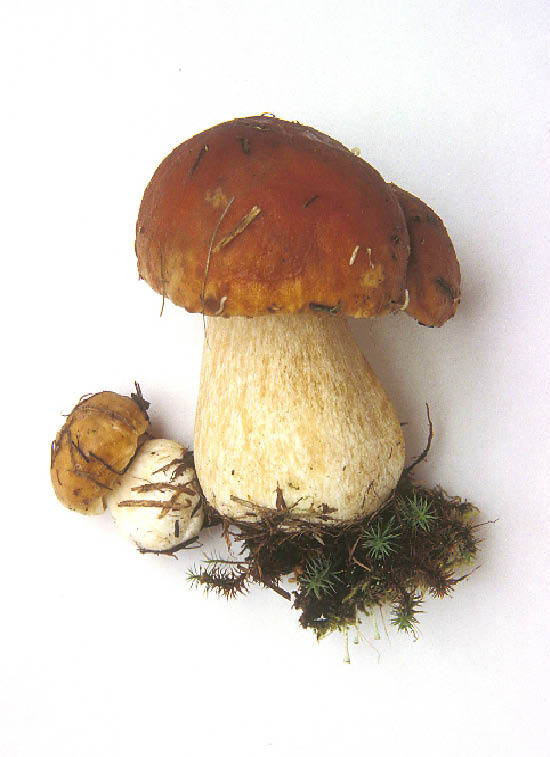
Boletus Badius : The Bay Bolete
Cap 414cm, bay to dark brick-colour later flushed ochraceous brown, downy when young, soon becoming smooth and polished, slightly viscid in wet weather. Stem 45125840mm, concolorous with cap or paler, surface slightly cottony. Flesh white to lemon-yellow on cutting becoming faintly blue particularly in stem apex and above tubes, vinaceous in cap. Taste and smell mild and mushroomy. Tubes cream to lemon-yellow, bruising bluish green to the touch. Pores large, readily bruising blue-green. Spore print olivaceous snuff-brown. Spores subfusiform, 13154.55.5. Habitat in mixed woods. Season autumn. Common in both Europe and North America. Edible very good. An excellent edible I find it is hardly ever ruined by maggots in the way that old Ceps can be.
Recipes
11 Ceps With Paprika
12 Stuffed Ceps
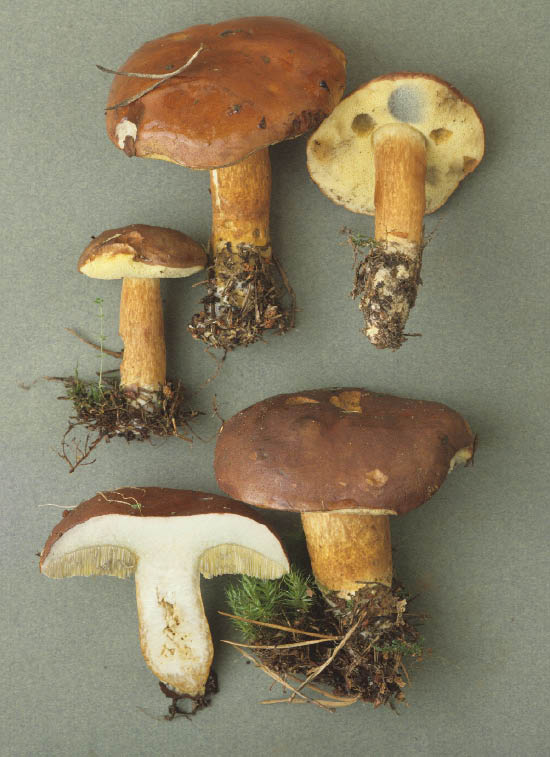
Font size:
Interval:
Bookmark:
Similar books «Edible Mushrooms of Europe and North America»
Look at similar books to Edible Mushrooms of Europe and North America. We have selected literature similar in name and meaning in the hope of providing readers with more options to find new, interesting, not yet read works.
Discussion, reviews of the book Edible Mushrooms of Europe and North America and just readers' own opinions. Leave your comments, write what you think about the work, its meaning or the main characters. Specify what exactly you liked and what you didn't like, and why you think so.





